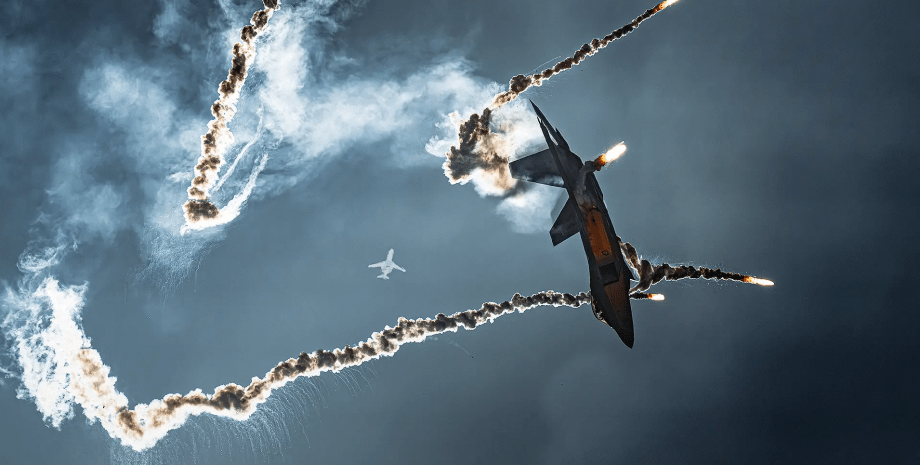
When the fights occurred, it does not specify, but the leader of the FighterBomber channel claims that the F-22 himself showed the advantage in all melee scenarios, despite uneven and unpredictable conditions. The exact parameters of the collisions are also not revealed, but it was emphasized that the clashes imitated real combat conditions, where factors, such as height, speed and release, were significantly different.
"The planes were not in equal terms, at different speeds and heights and with different combat loading, as well as the level of preparation of pilots was unknown to both participants. They converged alone. That is, everything was like war. The blogger also suggested that future Russian planes, such as SU-57, can change the balance of strength. However, these machines have not yet been deployed in large quantities and have not passed a full combat inspection.
Meanwhile, observers noted that both F-22 fighters and Russian "SU" were launched in Syria in the framework of the US and the Russian Federation and the agreement on conflict prevention in the region. "If FighterBomber's story is correct, then these simulation fights were likely to occur in the framework of such operations, checking the boundaries of the capabilities of both sides without the transition to open hostility," analytics suggested.
Experts associate the success of the F-22 with its design features. So John Wenabel, the former F-16 pilot and Heritage Foundation Foundation analyst, noted that key factors are inconsistency, advanced avionic and high maneuverability. "The ability of F-22 to process data from its sensors and give them a pilot in real time does not have equal. It, in combination with its aerodynamic design, makes it a difficult goal for defeat," said Veneibl.
At the same time, the expert noted that simulation fighting is often associated with restrictions that may not fully reflect the situation in real air combat. For example, it is about the presence of radio electronic obstacles or different weapons of a particular machine. For his part, Russian military expert Viktor Murakhovsky believes that the fighters of "dry" can compete with F-22 in a successful tactical coincidence.


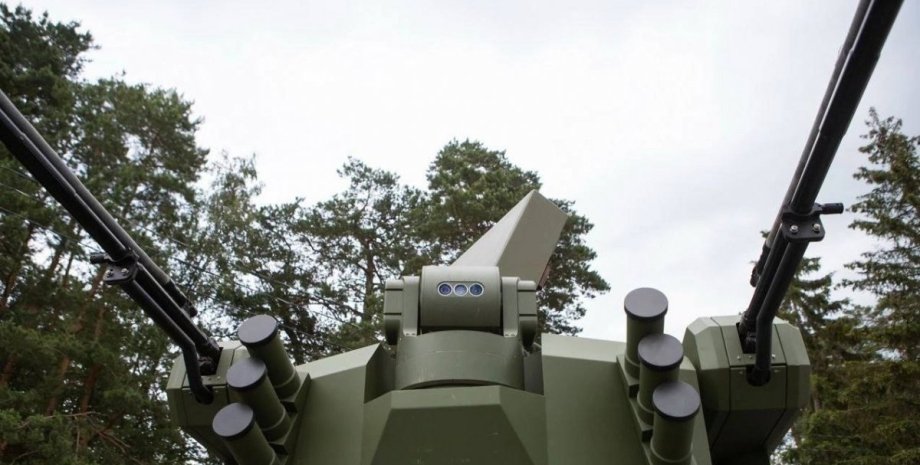
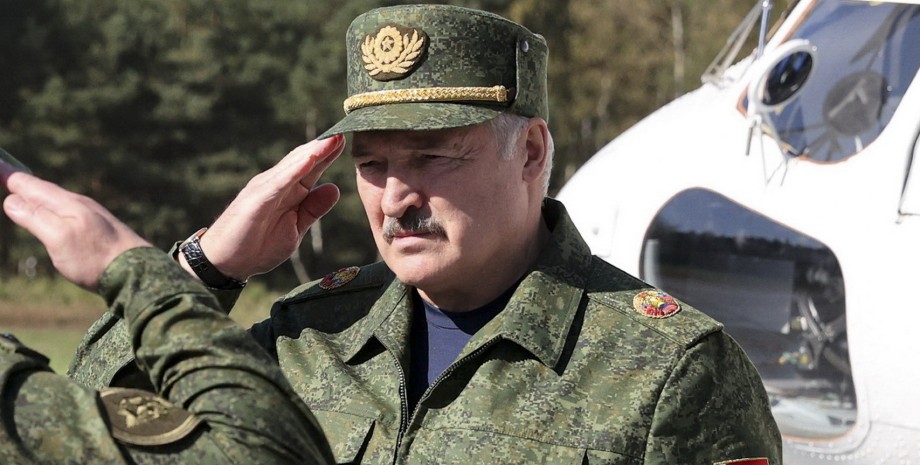
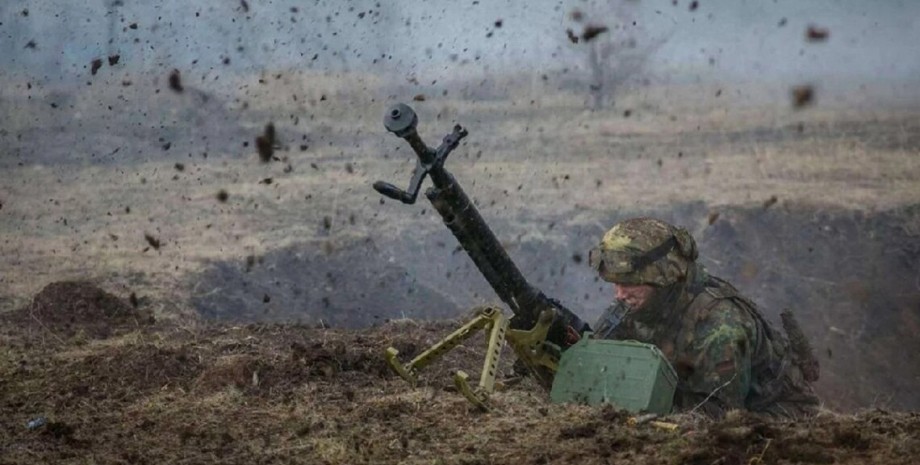



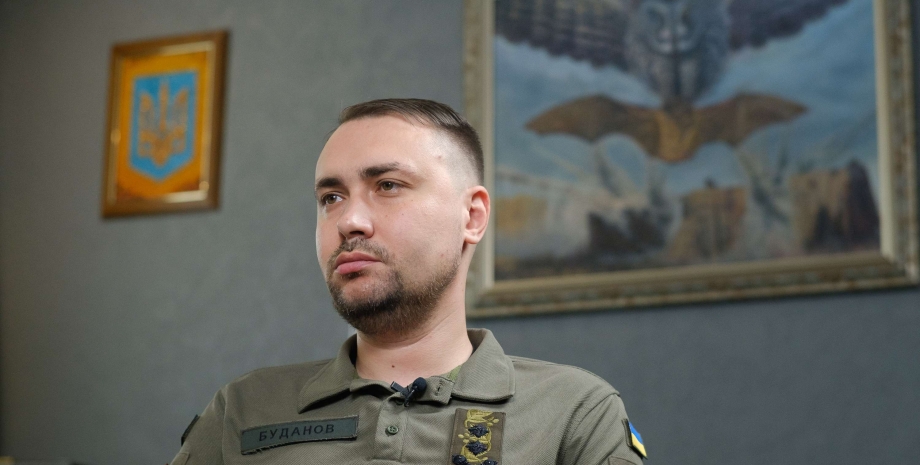
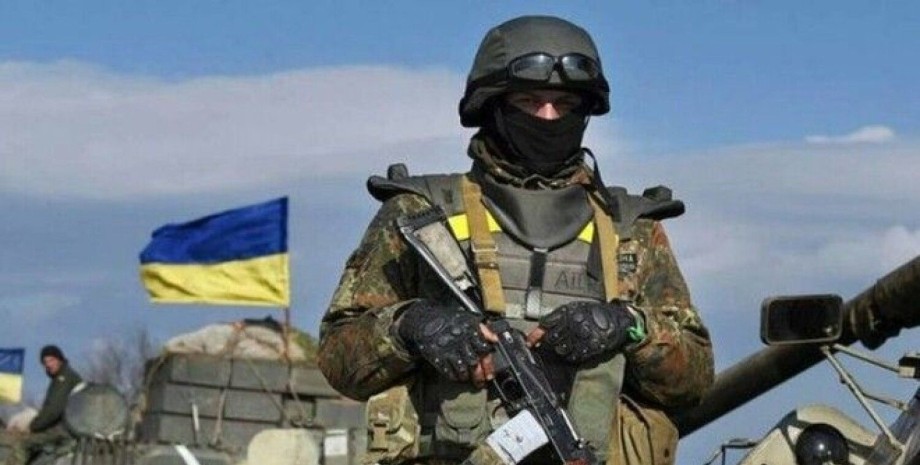
All rights reserved IN-Ukraine.info - 2022